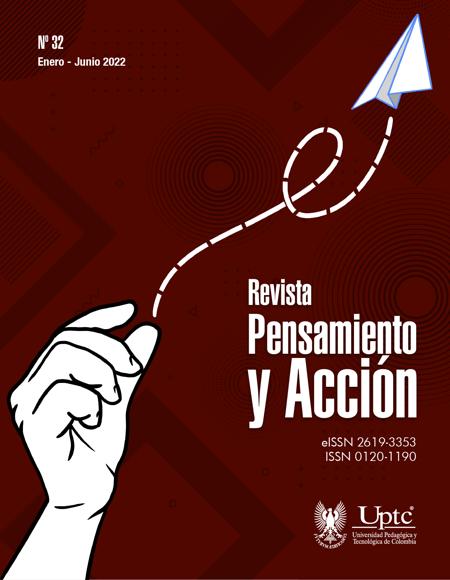Efficiency Evaluation of Two Domestic Water Treatment Filtration Models

Abstract
The World Health Organization (WHO) proposes domestic water treatment as an effective means that contributes greatly to the improvement of water quality in rural areas. The purpose of this study was to evaluate the removal efficiency of two domestic water treatment systems that correspond to the ceramic pot filter and ceramic candle filter under two maintenance conditions. Natural water from the underground well of the University of Boyacá was used, and the evaluated parameters were turbidity, total coliforms, E. coli pH, conductivity, color and the filtration rate. The evaluation time was 46 days, each filter was fed daily with a volume of 7.5 L. The results showed that on the days of the cleaning activities, peaks in turbidity were generated; The filters without maintenance had an effluent with lower values of this parameter with respect to the systems with maintenance. Additionally, the efficiency of these systems for the removal of E. coli was verified. The variation in the filtration rate significantly influences the degree of sustainability of the systems, with maintenance being one of the incident factors, for this reason it is recommended to be carried out weekly, in order to avoid clogging of the pores in both filtration systems.
Keywords
turbidity, water consumption, water supply, water treatment
References
- Arias-Lugo, J. L. (2017). Evaluación de alternativas de potabilización a bajo costo en comunidaes palafíticas en el caribe norte colombiano [Tesis de grado]. Universidad del Norte, Colombia
- CAWST. (2011). Introducción al tratamiento del agua a nivel domiciliario y su almacenamiento seguro. www.cawst.org
- CAWST. (2018). Ceramic Pot Filter. https://www.hwts.info/products-technologies/d25e3821/ceramic-pot-filter/technical-information
- Clasen, T. F., Alexander, K. T., Sinclair, D., Boisson, S., Peletz, R., Chang, H. H., Majorin, F., Cairncross, S. (2015). Interventions to improve water quality for preventing diarrhoea. Cochrane Database of Systematic Reviews, 10, CD004794. https://doi.org/10.1002/14651858.CD004794.pub3
- Clasen, T. F., Brown, J., Collin, S. M. (2006). Preventing diarrhoea with household ceramic water filters: Assessment of a pilot project in Bolivia. International Journal of Environmental Health Research, 16(3), 231–239. https://doi.org/10.1080/09603120600641474
- Franz, A. (2005). A performance study of ceramix candle filters in Kenya including tests for coliphage removal. Massachusetts institute of tecnology
- Heller, L., Kopschitz Xavier Bastos, R., Berenice Cardoso Martins Vieira, M., Dias Bevilacqua, P., Maria Marinho Mota, S., Aguiar Oliveira, A., Maria Machado, P., Pedrosa Salvador, D. (2004). Oocistos de Cryptosporidium e cistos de Giardia: circulação no ambiente e riscos à saúde humana. Epidemiologia e Serviços de Saúde, 13(2), 79-92
- Howard, G., Bartram, J. (2003). Domestic water quantity service level and health. World Health Organization. https://www.who.int/water_sanitation_health/diseases/WSH03.02.pdf?ua=1
- Lantagne, D. S. (2001a). Investigation of the Potters for Peace Colloidal Silver Impregnated Ceramic Filter Report 1: Intrinsic Effectiveness
- Lantagne, D. S. (2001b). Investigation of the Potters for Peace Colloidal Silver Impregnated Ceramic Filter Report 2: Field Investigations. http://potterswithoutborders.com/wp-content/uploads/2011/06/alethia-report-2.pdf
- Mwabi, J., Adeyemo, F. E., Mahlangu, T. O., Mamba, B. B., Brouckaert, B. M., Swartz, C. D., Offringa, G., Mpenyana-Monyatsi, L., Momba, M. N. B. (2011). Household water treatment systems: A solution to the production of safe drinking water by the low-income communities of Southern Africa. Physics and Chemistry of the Earth, 36(14–15), 1120–1128. https://doi.org/10.1016/j.pce.2011.07.078
- Organización Mundial de la Salud [OMS]. (2011). Evaluación de métodos para el tratamiento doméstico del agua. www.who.int
- Pérez-Vidal, A., Diaz-Gómez, J., Castellanos-Rozo, J., Usaquen-Perilla, O. L. (2016). Long-term evaluation of the performance of four point-of-use water filters. Water Research, 98, 176–182. https://doi.org/10.1016/j.watres.2016.04.016
- Rayner, J. (2009). Current Practices in Manufacturing of Ceramic Pot Filters for Water Treatment. https://www.pseau.org/outils/ouvrages/wedc_current_practices_in_manufacturing_locally_made_ceramic_pot_filters_2009.pdf
- Ren, D., Colosi, L. M., Smith, J. A. (2013). Evaluating the sustainability of ceramic filters for point-of-use drinking water treatment. Environmental Science and Technology, 47(19), 11206–11213. https://doi.org/10.1021/es4026084
- Salvinelli, C., Elmore, A. C. (2015). Assessment of the impact of water parameters on the flow rate of ceramic pot filters in a long-term experiment. Water Science and Technology: Water Supply, 15(6), 1425–1432. https://doi.org/10.2166/ws.2015.107
- United Nations [UN]. (2021). SDG6 update: the world is off-track. https://www.unwater.org/sdg6-update-the-world-is-off-track/